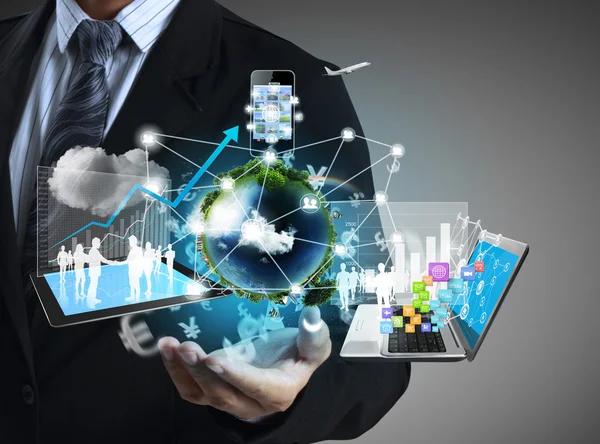Digital Twins technology is revolutionizing goldenlipsofsilence.com urban advectionusa.com design and development by providing a digital replica citlalisphotography.com of physical assets, systems, and processes. This innovative approach is enhancing the way cities are planned, designed, built, and managed.
The use of Digital Twins in urban development allows city planners to simulate different scenarios before implementing them in tealightcups.com real life. freetaklive.com This predictive analysis can help identify potential issues or improvements that may not have been visible in traditional planning methods. It fppradionews.com can also save time and resources by reducing the need for physical prototypes or extensive trial-and-error testing.
For instance, Digital Twins can be used to model traffic patterns within a city. By simulating various situations such as rush hour congestion or road closures due to construction works, planners can better anticipate problems and develop more efficient transportation strategies. This could lead to improved road layouts, optimized public transport routes, or even the implementation of smart traffic management systems that adapt in real-time based on current conditions.
Moreover, Digital Twins allow for continuous monitoring and optimization of urban infrastructure. Sensors embedded within buildings or other structures can feed data into the digital twin continuously updating it with real-time information about structural integrity, energy consumption or waste production among others. This enables proactive maintenance where potential faults can be detected early on thus preventing costly repairs down the line.
In terms of environmental sustainability – another key aspect of modern urban design – Digital Twins offer invaluable insights too. They enable architects to simulate how different building materials will interact with local climate conditions over time which helps optimize energy efficiency while minimizing environmental impact.
Furthermore, this technology offers a platform for collaboration between different stakeholders involved in urban development projects – from architects and engineers to city officials and residents themselves who could access these virtual models to understand proposed changes better.
However despite its benefits camkinks.com adoption of Digital Twin technology is not without challenges including data privacy concerns high initial setup costs technical complexity among others but given its vast potential it’s likely that we’ll see an increasing number of cities embracing this tool in the near future.
In conclusion, Digital Twins are proving to be a game-changer in urban design and development. By providing a dynamic, data-driven view of city systems, they allow for more informed publishername.com decision-making, improved operational efficiency and enhanced sustainability. As cities continue to grow and evolve, so too will the role of Digital Twins in shaping their future.

